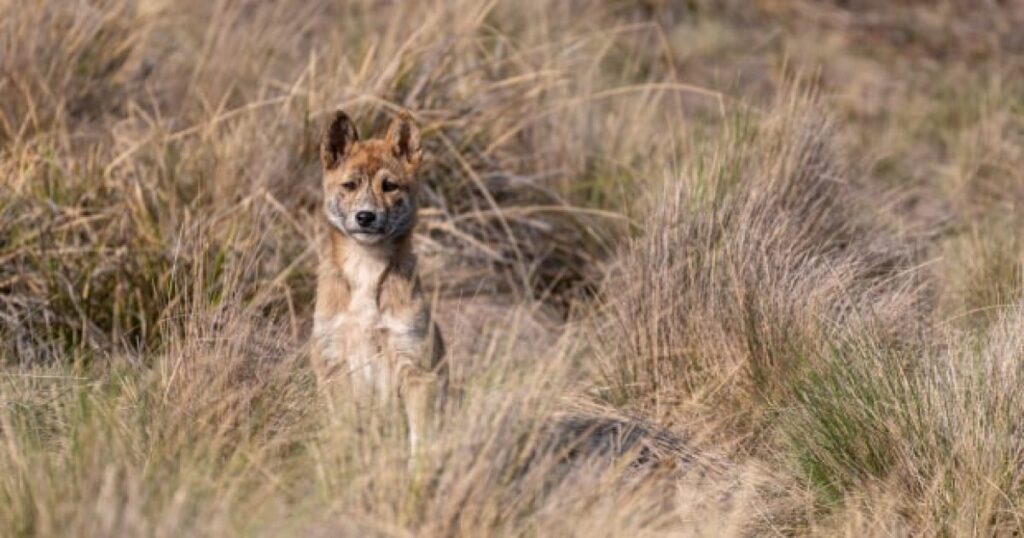
Canberra’s dingoes and water rats could face significant threats if a highly contagious strain of bird flu, potentially detected on Heard Island, reaches Australia’s mainland. Recent observations by Australian scientists have identified signs consistent with the H5 avian influenza in wildlife on the remote island, as reported by the Department of Climate Change, Energy, the Environment and Water (DCCEEW) and the Department of Agriculture on October 24.
The announcement comes as scientists noted unusual mortality rates among elephant seals on Heard Island, although it remains unconfirmed whether the H5 strain is present. The departments emphasized the importance of vigilance, stating, “Australia remains the only continent free from the highly contagious strain of H5 bird flu. A confirmed detection on Heard Island would not substantially increase the risk to Australia.”
Potential Impact on Canberra’s Wildlife
The H5 strain of bird flu is distinct from the H7 strain that previously affected Canberra’s poultry industry in 2024. Known for its unpredictability, the H5 virus has infected humans, wild animals like seals and sea lions, and domestic animals such as dogs and cats globally. It has even been found in zoo animals including tigers and leopards.
ACT Environment Minister Suzanne Orr expressed concerns about the potential impact on Australia’s native species, noting, “Experts agree that once H5 bird flu is in our wild bird population, there will be very few options to prevent or limit the spread of the virus.” The threat is particularly acute during the annual spring migration of wild shorebirds from the northern hemisphere and movements from subantarctic islands.
Species at Risk
Species most vulnerable to the virus include those living in groups, near water, or as scavengers, due to their likelihood of coming into contact with infected animals or materials. Minister Orr highlighted that some of Canberra’s most cherished fauna are at risk, including black swans, ducks, magpies, and the wedge-tailed eagle. “Documented cases of bird flu in mammals mean that other highly susceptible species include the Rakali, or water rat, and Waragul, or dingo,” she added.
“Impacts of bird flu on marsupials and monotremes, like possums, quolls and platypus, are poorly known.” – ACT Environment Minister Suzanne Orr
Preparedness and Prevention Efforts
The Federal Government has allocated over $100 million to prepare for a potential H5 bird flu outbreak. Meanwhile, ACT Government scientists are actively studying the life history, behavior, diet, and movement patterns of Canberra’s bird and mammal species to gauge their susceptibility to the virus. Minister Orr stated, “This will help the Territory achieve the best outcomes for wildlife should the H5 strain reach Canberra.”
ACT Biosecurity officers are conducting monthly faecal sample collections from wild birds in the Jerrabomberra Wetlands. The National Avian Influenza Wild Bird Surveillance Program has been expanded to include additional sampling sites in Upper Stranger Pond and Isabella Pond in Tuggeranong.
Community Involvement and Biosecurity Measures
The ACT Government is collaborating with the region’s egg production facility and free-range poultry businesses to enhance biosecurity readiness. A government spokesperson urged the community to practice good hygiene measures to protect backyard poultry from bird flu strains. Recommendations include thoroughly cleaning clothing and equipment after bird interactions, restricting contact between wild and domestic birds, and monitoring pets for signs of illness.
Residents are encouraged to report any suspicious wildlife illnesses or deaths to the Emergency Animal Disease Hotline at 1800 675 888.
Looking Ahead
While the full impact of bird flu on Australian wildlife remains uncertain, preparedness is deemed crucial in mitigating the spread and building resilience in wildlife populations. The proactive measures taken by government bodies and the community’s involvement are pivotal in safeguarding Canberra’s diverse ecosystem.






